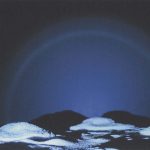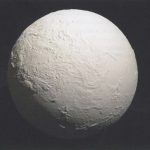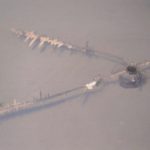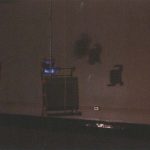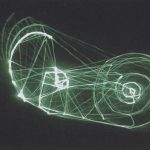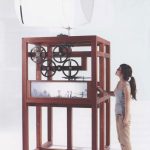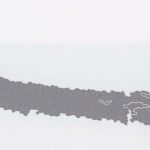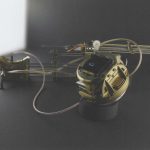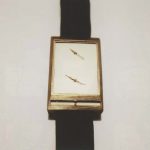SIGGRAPH 2012: In Search of the Miraculous
Conference:
Chair(s):
Art Show Committee:
- Mona Kasra
-
- University of Virginia
- Daniel Sauter
-
- University of Illinois at Chicago (UIC)
Jury:
- Cézanne Charles
-
- ArtServe Michigan
- Nick Hasty
- Mona Kasra
-
- University of Virginia
- Daniel Sauter
-
- University of Illinois at Chicago (UIC)
- Başak Şenova
-
- Koç University
Art Show Overview:
Wonderment. Mystery. Awe. Einstein believed these to spark the inspiration of both the arts?and sciences. Explored within a conference where terms like Art, Science, and Technology?are seemingly interchangeable, this would seem a natural place for an exhibition inspired by?the same. Indeed one can trace the history of the museum (both Art and Science) to the 16th?century Wunderkammer (“wonder-room”), literal Cabinets (and Rooms) of Curiosity, filled?with wondrous and exotic objects from the then still unknown world (combining specimens,?diagrams, and illustrations from many disciplines; marking the intersection of science and?superstition; and drawing on natural, manmade, and artificial worlds). Ironically, these?collections, means by which the unknown was empirically and symbolically conquered,?also emancipated these superstitious unknowns of their mysterious auras and solidified them?to description. And so it moves, Galileo ungods the cosmos and the world learns to spin to?logic and reason. So much so that by the late 18th century the Romantic Movement arose in?reaction to the Enlightenment’s scientific rationalization of nature and society, preferring?the viscerality of strong emotions (of horror, terror, awe and wonderment) as the only way?to have an authentic aesthetic experience. And so this dichotomy is still at hand, empirical?rationality now entwined with capitalism’s logic define and optimizes our world, leaving in?its wake an alienated society longing to feel something more.
The title of the exhibition, “In Search of the Miraculous,” comes from the final work of the?artist Bas Jan Ader (an earnest yet fateful performance that saw the artist lost at sea while?attempting a solo journey across the Atlantic Ocean), and shares with it a certain romantic?sensibility of both hope and melancholy, of the individual (at once both heroic and tragic)?within the universal. It is perhaps strange to title an exhibition with this charge when?preceded by a century arguably full of more miracles than humankind has ever encountered,?albeit through the innovations of none other than ourselves. But perhaps it is due to such?trajectories, in a world shrunk by mediating technologies and copious amounts of data,?that one is left thinking, What happens when everything is explained away? In a world of?Wikipedias and Wikileaks, of mediated social networks greater than nations and geographies,?what remains of that authentic experience? When You Tube bit spectacles and mediated?warfare debacles color our experiences, can anything still be held in wonder? Perhaps we are?at a particular precipice at this time (modernity, postmodernity, capitalism, communism,?democracies, revolutions, oh how you have all let us down), the way things are cannot?proceed lest we truly destroy it all. Thus, before we burst forth again with 2.0 solutions?for it all, perhaps a repose is required, a momentary prick if you will, to escape the?doldrums of the everyday and repower the imagination.
The call for submissions was purposefully ambiguous and unspecific, based not on any?particular thematic premise but rather on sentiment; simply an open call for works that?both inspire or are inspired by moments of awe, surprise, mystery and wonder. The works?selected for the Art Gallery by the 2012 jury are simply a reflection of the emergent aesthetic?zeitgeist, a collection of 12 artworks each in their own manner reflecting on the wondrous.?Interestingly in a ubiquitously digital world, many of the works move towards the physical?and analog. Not a turn towards ludditery (many projects are quite technically complex)?but perhaps a reflection of a pervasive ennui for the digital. Certain themes also emerge;?nostalgia, for places been or places imagined, for the aura of the pre-cinematic now lost?to mass media; reflections on time, stilled for infinity or moved by heartbeats; relationships,?of the real and virtual, or imaged as moments between; and of the laboratory, turned?inside out, revealing itself as aesthetic matter. But as one reflects on this 21″ century?Wunderkammer, what echoes most profoundly is that the miraculous is no longer to?be found out there but is simply the reflections from within. Call me a heretic but?Galileo was wrong – we are the center of the universe.
Osman Khan,?University of Michigan

